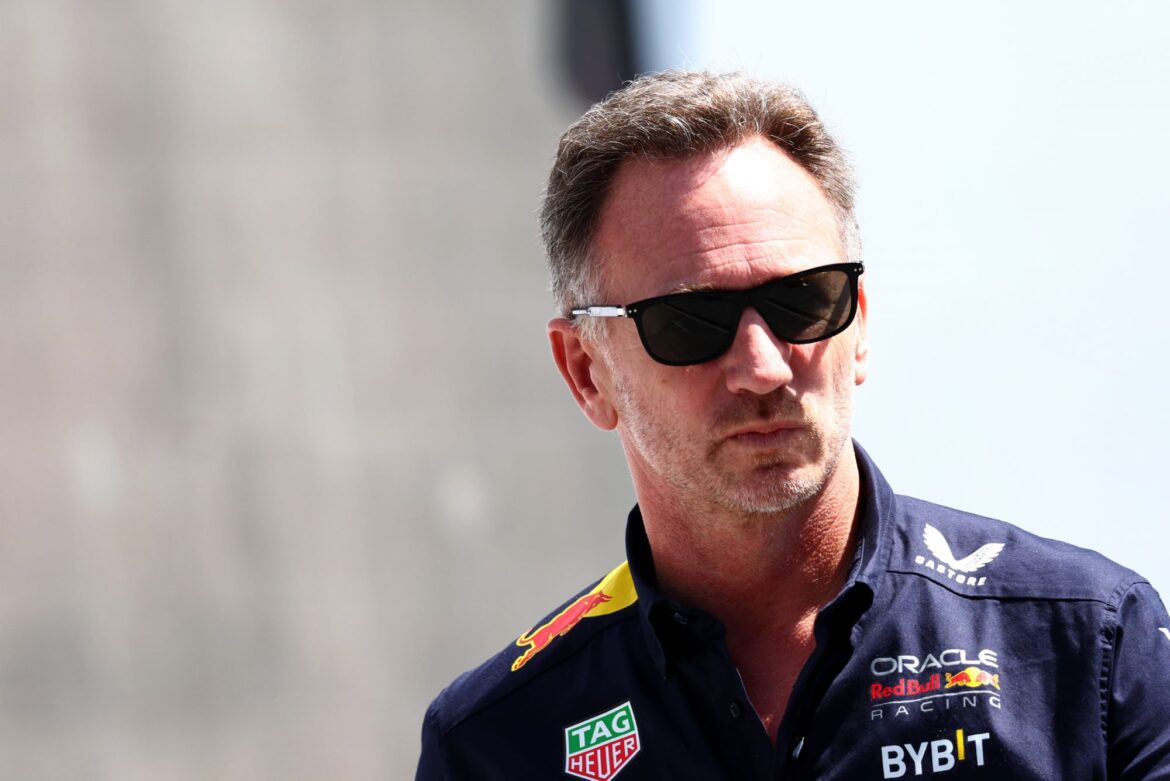Analyzing Red Bull Racing’s Strategic Decisions in the Spanish Grand Prix
In the world of Formula 1, strategic decisions can make or break a team’s performance during a race. The recent Spanish Grand Prix illustrated this vividly for Red Bull Racing, particularly when it came to their handling of tire choices and pit stops. Christian Horner, the team principal, openly discussed the missteps that ultimately led to Max Verstappen finishing in a disappointing tenth place. This article delves into the intricacies of their race strategy, the impact of tire decisions, and the role of unforeseen circumstances like the safety car.
The Race Overview
At the start of the Spanish Grand Prix, Red Bull Racing appeared to be in a competitive position. Max Verstappen was performing well, even placing within the top five at one point. However, as the race progressed, the dynamics shifted dramatically. A strategic decision to change tires proved to be detrimental, compounded by a ten-second penalty that further hampered Verstappen’s chances of climbing the leaderboard.
Horner acknowledged that the team had miscalculated their approach during the race. He reflected on how they were performing better than expected against their rivals, specifically the McLaren team. “We were much closer to the McLarens than we anticipated. They should have been at least twenty seconds ahead based on our chosen strategy,” Horner explained. This admission highlights the unpredictable nature of racing, where even small decisions can lead to significant consequences.
The Pit Stop Dilemma
A pivotal moment in the Spanish Grand Prix was the decision to execute a third pit stop, which occurred right before a safety car was deployed. Horner described the circumstances surrounding this decision, emphasizing that it was a calculated risk based on the information available at the time. “We had an opportunity for an undercut, which would have given us a better position on the track,” he noted. However, the safety car’s introduction altered the situation dramatically.
The team had only hard tires available for the final stint of the race. They decided to fit Verstappen with a new set of hard tires, a choice that ultimately did not yield the expected results. “The pit stops were executed well, and our strategy was working up until that point. But once the safety car came into play, it was impossible to stay competitive with those tires while everyone else switched to fresh compounds,” Horner elaborated.
Analyzing Tire Strategy
Tire selection is a critical aspect of any Formula 1 race. Each compound offers different levels of grip, durability, and performance, which can significantly influence race outcomes. In this case, Red Bull’s decision to use hard tires in a situation where softer compounds were needed proved to be a misstep.
Horner addressed the state of the tires available to them, particularly the soft tires that Verstappen had previously used. “The set of softs we had left was already worn. They had gone through qualifying, the formation lap, and had several laps on them,” he said. This limitation forced the team to rely on a less favorable option, which ultimately hurt their performance during the final laps of the race.
The Impact of the Safety Car
The introduction of the safety car is often a game-changer in Formula 1 races. It can completely alter race strategies, forcing teams to adapt quickly to a new set of circumstances. For Red Bull Racing, the safety car deployment came at a critical moment, just after their third pit stop. Horner reflected on the unpredictability of such events, saying, “You can only make decisions based on the information you have at that moment.”
The timing of the safety car not only affected tire strategies but also created a chaotic environment for teams trying to regain their positions. As other drivers switched to fresh tires, Verstappen was left with an unfavorable situation that contributed to his drop in ranking during the final laps.
Retrospective Decision-Making
In hindsight, it’s always easy to criticize decisions made during a race. When asked whether he would have made the same tire choice today, Horner provided a candid response. “With the benefit of hindsight, it would have been better to keep him out on the track. He might have been overtaken by the McLarens, but we can only speculate on what could have happened with Charles Leclerc.”
This insight underscores the complexities of race strategy. Decisions must be made rapidly, with limited information, and the consequences can be far-reaching. Every team faces these dilemmas, and the key lies in balancing risk with potential reward.
The Road Ahead for Red Bull Racing
Despite the setbacks experienced during the Spanish Grand Prix, Red Bull Racing remains a formidable competitor in the Formula 1 landscape. The lessons learned from this race will undoubtedly inform their future strategies. Horner’s reflections highlight a commitment to continuous improvement, an essential trait for any successful racing team.
Moving forward, Red Bull Racing will need to refine their approach to tire management and pit strategies. As the season progresses, adapting to the evolving dynamics of each race will be crucial. The team has the talent and resources to bounce back from this setback, but it will require a keen focus on their decision-making processes.
Conclusion
The Spanish Grand Prix served as a reminder of the unpredictable nature of Formula 1 racing. For Red Bull Racing, it was a day of missed opportunities and lessons learned. As they analyze their strategy and performance, the focus will be on optimizing their approach to tire choices and responding effectively to on-track developments. In the high-stakes environment of Formula 1, every race is both a challenge and an opportunity for growth.
